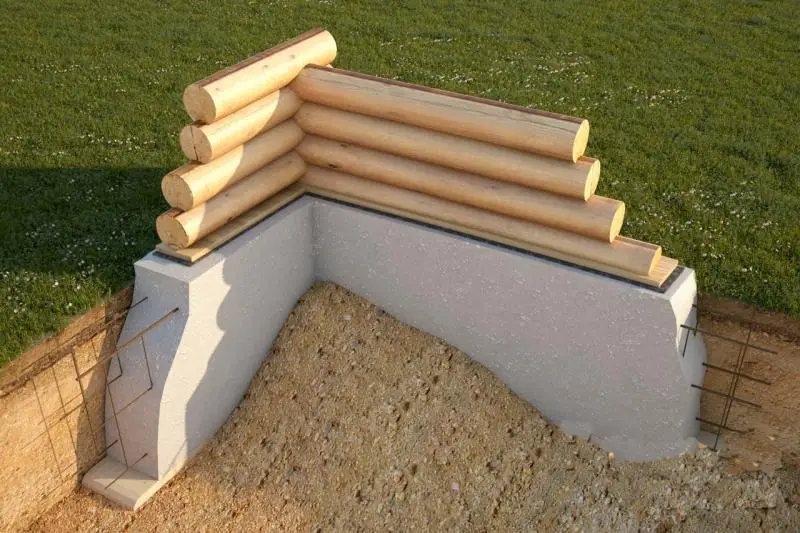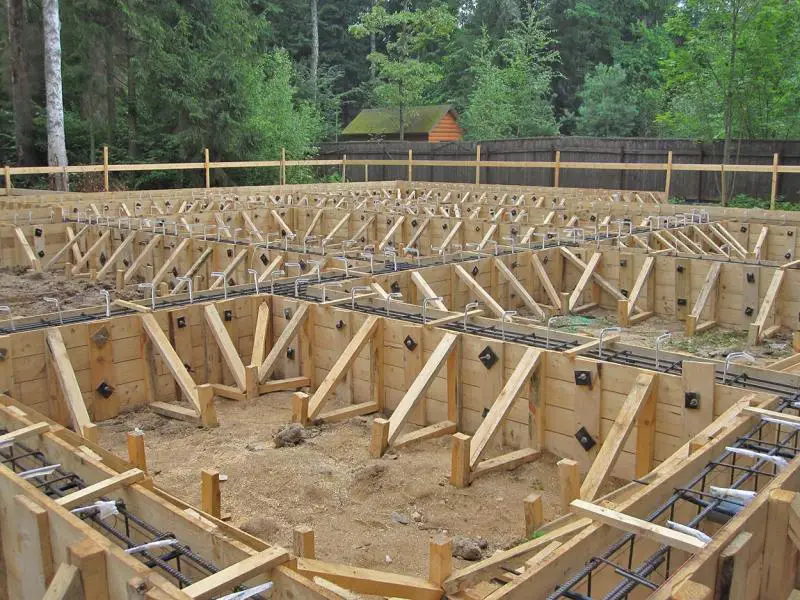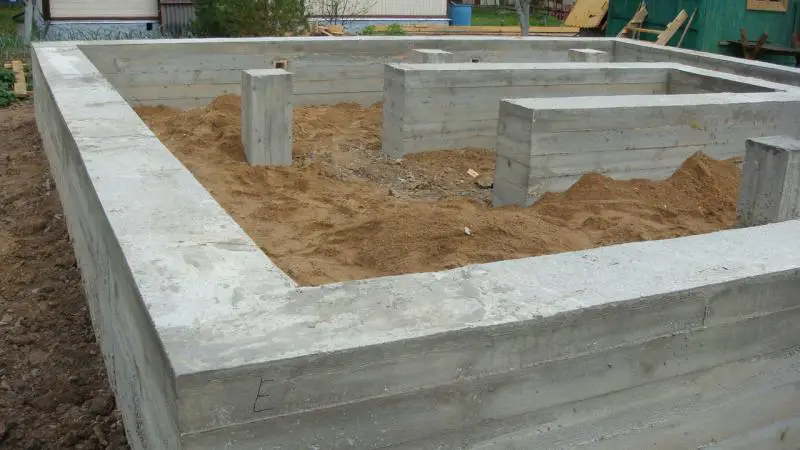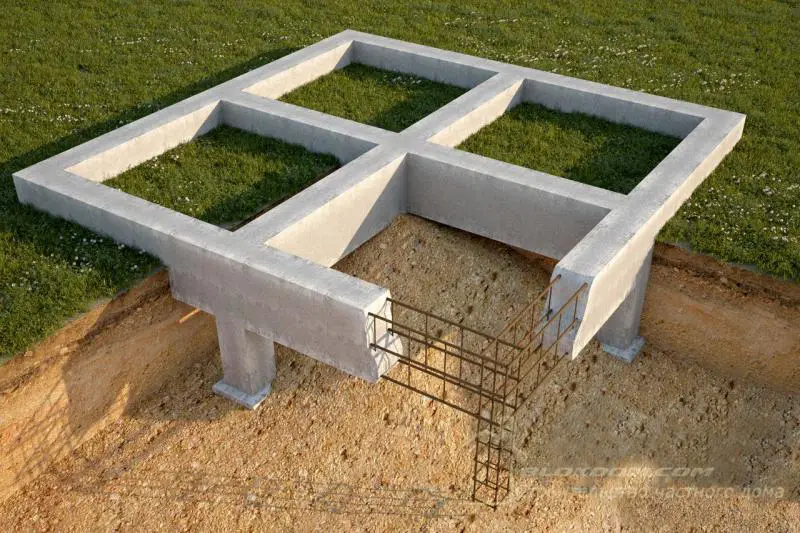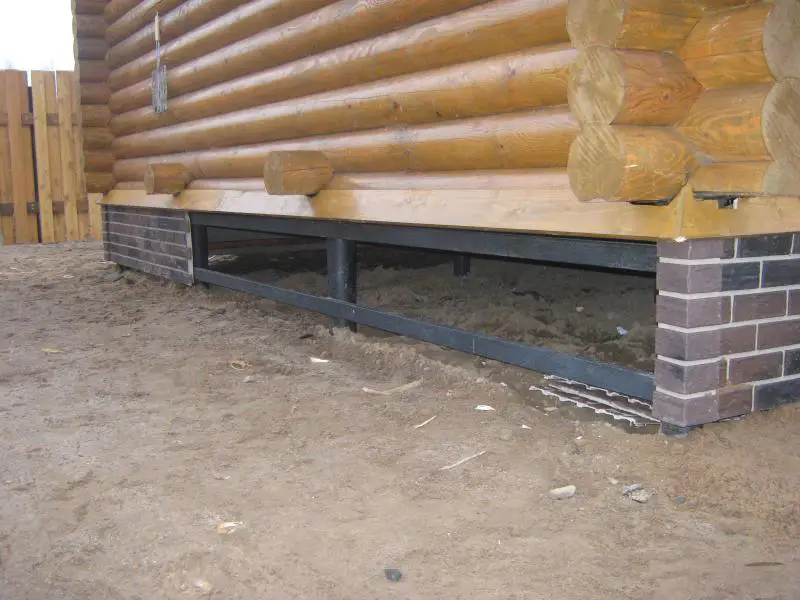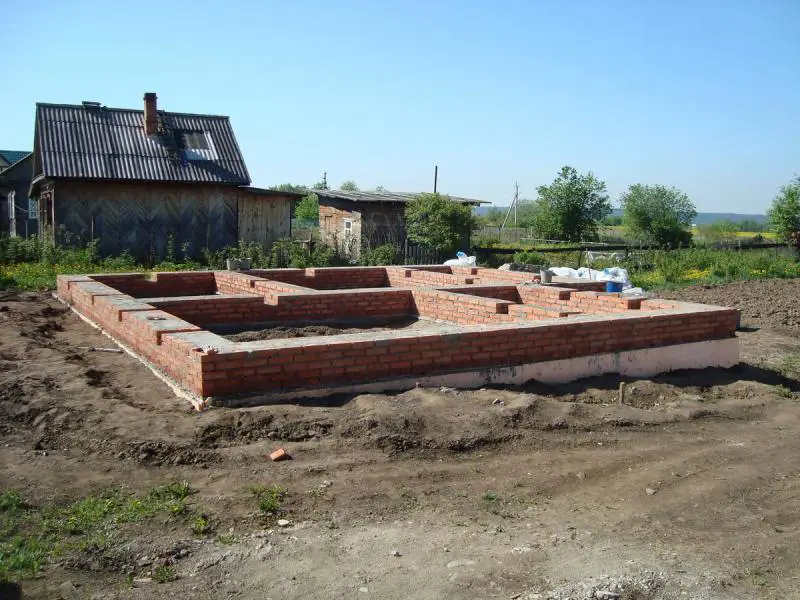There can be your advertisement
300x150
How to Reinforce a House Foundation
Every good homeowner (and I hope you're a good one, since you're reading this article) knows that maintaining the foundation in good condition is essential—because the stability of the entire structure depends on how well the foundation was built. As soon as any signs of damage appear, urgent action must be taken to reinforce your home’s foundation. There are many methods available—only one needs to be chosen.
Every good homeowner (and I hope you're a good one, since you're reading this article) knows that maintaining the foundation in good condition is essential—because the stability of the entire structure depends on how well the foundation was built. As soon as any signs of damage appear, urgent action must be taken to reinforce your home’s foundation.
There are many methods available—only one needs to be chosen. Delaying repairs can lead to regret, and eventually, large financial losses. Specifically: load-bearing walls may begin to settle, floors may become uneven, and ultimately—partial or complete collapse of the structure.
This issue typically affects older homes, but foundation reinforcement may also be needed if you plan to expand your home or add an additional floor. In short, the purpose of this introduction is clear to everyone. Therefore, for those who wish to properly reinforce their foundation and have the budget to do so, our advice is to hire professionals and resolve the issue immediately. For DIY enthusiasts, tinkerers, and those willing to face challenges, the following tips are provided.

So, you've decided to reinforce the foundation yourself—let’s examine several methods that might suit your home. First, understand what determines the choice of foundation reinforcement and repair techniques. The most critical factors are:
- soil type,
- foundation type,
- building structure.
Begin by identifying the root cause of foundation deterioration. Then, select the appropriate reinforcement method. And of course, prepare a detailed estimate.
Types of Foundation Damage and Their Remedies
- If the foundation’s integrity or masonry mortar is compromised, fill voids in old masonry with cement grout.
- If voids beneath the foundation base are found due to decayed joists or increased load, inject grout beneath the base.
- If load on the foundation significantly increases, it may need to be widened or supported by short vibro-piled piles.
These are methods that are more or less suitable for DIY execution. However, it's true that self-repair of foundations is nearly impossible and strongly discouraged—due to the technical complexity. Moreover, you cannot independently assess soil and ground conditions, which are essential for proper reinforcement.
Small Cracks in the Foundation
The most common issue—small cracks. In this case, dig a trench around the entire foundation perimeter, up to 1 meter wide and at least 70 cm deep, below the original foundation depth. Backfill with fresh, granulated blast furnace slag or similar materials.
When using concrete, embed horizontal reinforcing steel bars into the old foundation and secure them with steel wire. Even better: weld a steel mesh and pour concrete over the structure. This method works only if the soil is not actively settling—again, a strong reason to consult a professional. Thus, understanding the root cause of cracks is essential.
Therefore, only minor, hands-on repairs can be performed using the above techniques. A heartfelt wish to everyone: try to avoid this problem altogether. When buying a home, choose carefully. If you already own one, monitor foundation and drainage system (footing) condition regularly. After all, the foundation is the base—without it, living is impossible.

